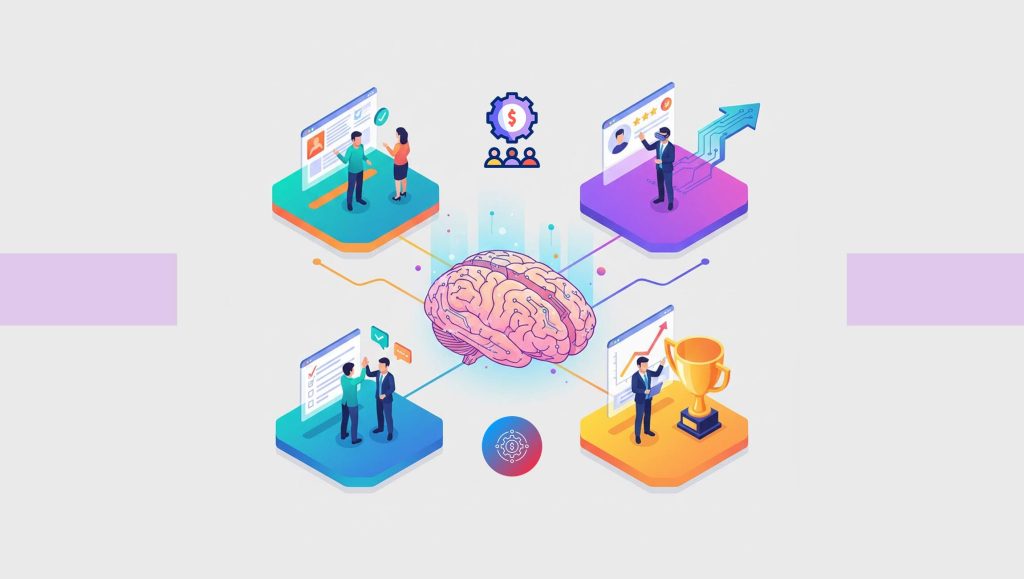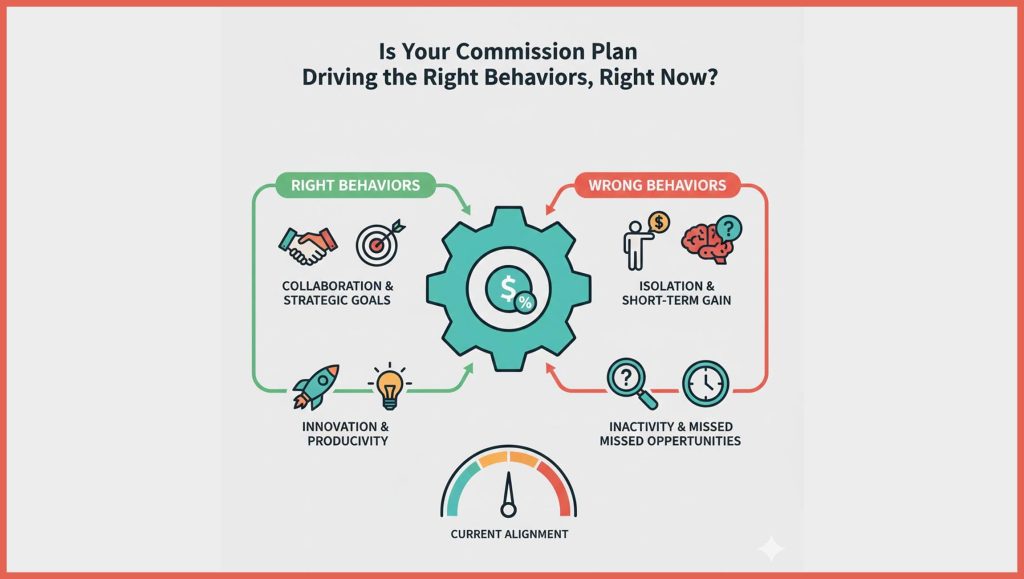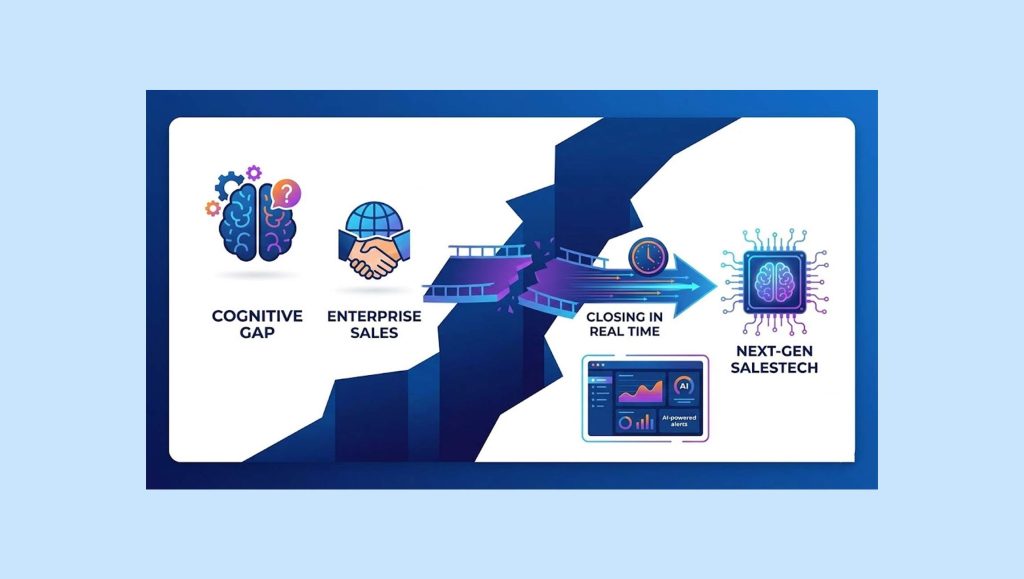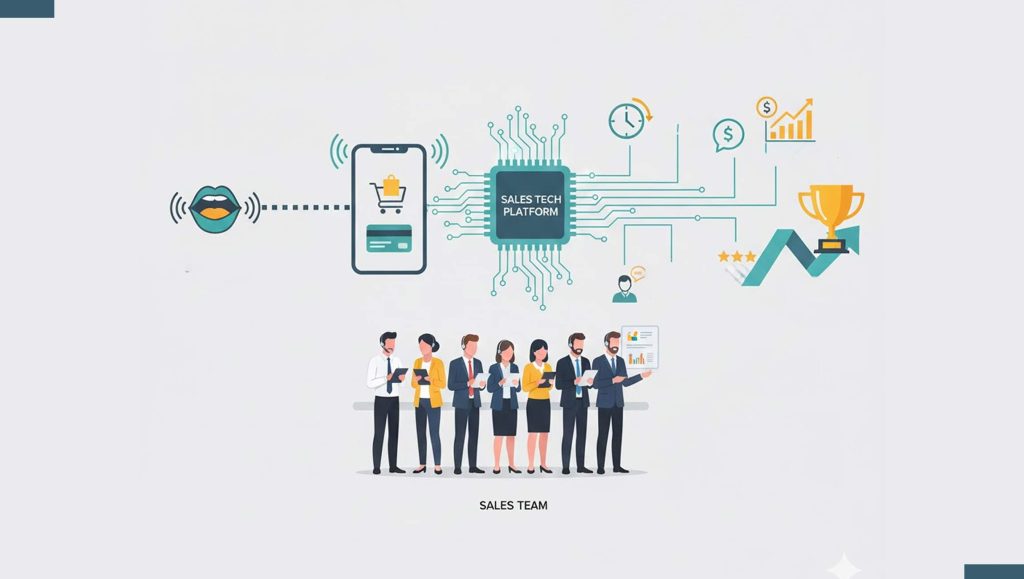Kylie Fuentes, Chief Product Officer at Zilliant discusses the latest trends in product management in this short Q&A with SalesTechStar:
________
Welcome to this SalesTechStar chat Kylie, tell us about yourself and your journey in the B2B tech market, we’d love to hear about your new role as CPO at Zilliant?
I’ve worked in a wide variety of industries throughout my career, working across B2C, B2B and even B2B2C domains. I began my career in telecommunications, where I worked on early iterations of subscription TV streaming products. At the time, the retail channel was a really important part of the distribution strategy, which led me down the path of retail tech. Merchants at the time were moving from physical to digital-hybrid selling models, and to me, it was a really interesting problem space to get into.
Westfield was one of the largest shopping mall companies globally, and they were looking to innovate how retailers and customers could better connect using digital technologies. My role there was to oversee their consumer and retail digital product portfolio, including eCommerce and merchant integration platforms as well as mobile and in-mall technologies.
I had a similar role at Rodan + Fields, helping independent sellers to conduct business through a centralized platform and connect them to end consumers. There was a big component of revenue management in that role, which is what ultimately led to my job at Salesforce where I was most recently senior vice president of product for Revenue Cloud, and of course, now at Zilliant.
Companies everywhere are moving on from a “growth at any cost” mindset to really looking at ways that they can sustain profitable growth, which makes it a really exciting time to be joining a company like Zilliant. The market opportunity is huge at a time like this because pricing is absolutely essential to profitable growth.
Zilliant has been one of the early players when it comes to leveraging AI in pricing. There have been so many advancements to AI in the last year it creates a perfect storm of market opportunity for Zilliant, and I’m excited to help them grab it by the horns.
Read More: SalesTechStar Interview with Boris Chaplin, Director of Innovation, ML & AI, Calabrio
How has the role of the typical B2B Chief Product Officer evolved over the years and what are some of the key ways in which the role will change down the line?
The role of product, in general, is going through an evolution. In the past, product was very much a function of engineering, there was a lot of ‘build it and they will come’ mindset. Now, every business is a technology business, and product’s role is to identify unmet market needs and define how, using technology, their company is poised to win. The priorities for Chief Product Officers are much broader in scale than they used to be. There’s a tight fusion or even blurring of the lines between product strategy, business strategy and growth strategy, so having strong connection into sales, marketing and finance is a must. Chief Product Officers must ask: How is your product portfolio going to lead to sustainable, profitable growth for the business?
The CPO’s role is also evolving as it relates to the overall customer experience. The experience doesn’t start and stop with the end user experience in an application interface, especially in B2B software. Product leaders are increasingly needing to think about the end-to-end customer journey. How do the pre-sales, post sales, onboarding and adoption touchpoints connect for a cohesive experience? This doesn’t happen by chance, it happens by design, and increasingly the CPO is charged with project delivery and onboarding. I’m a big believer in service experience design and I think we’ll see more companies embracing it. As we move to a world with more AI-driven process automation, we’ll see more companies wanting to create human-centric end-to-end experiences, which won’t happen by default, they’ll happen by design.
Take us through some of your most reliable hyper-growth strategies and models and the salestech/revtech you’ve often used to boost those goals?
As a new executive joining the Zilliant team, what’s top of mind for me is the process of scanning and developing a deep understanding of the product portfolio and customer base. You only have the opportunity once to look at things with a fresh set of eyes. In many ways, that’s my trusted approach to identifying growth levers.
One of the initial things I do with the team is develop or refresh the customer journey map, so I can get a good understanding of the baseline customer experience from start to finish. This is much harder to do when you’re in the thick of everything, so capitalizing on the opportunity of looking at things holistically from a fresh perspective is invaluable.
There is no specific playbook for every company I join. It’s really about using those first 60 or 90 days to do a deep scan of the products, customers, competitive landscape, etc. Rapidly getting a sense of the product portfolio health against key SaaS metrics can be really helpful – things like CAC, COGS, LTV, ARR, Margin, Churn by product line help to get a good baseline. I also like to ask a lot of basic questions to get to the root cause. Why didn’t we try that? Why did we stop doing that? Why did we think this was important? Those sorts of insights help me create a bit of a heatmap of what’s working and what’s not. That’s what I’m looking at when trying to identify opportunities for growth.
Every business and team is unique, so I like to be flexible and adapt my processes and technology tools based on the needs of the company. My primary concern is making sure we have a deep understanding of our customers, competitors, our product line, our growth levers, and our cost profiles. There are plenty of ways to measure product health, sales and revenue processes, and customer feedback. There are plenty of tools that can help us do that, so if they’re helping us achieve those goals efficiently, I’m open to using whatever the team feels good about adopting.
Given the current economic climate, what do you think B2B brands can do to drive better conversations and conversions in 2023?
Listen to your customers. It’s true now and true always. Understand what they need and where they’re hurting right now. Rather than trying to push them on every offering from your company, focus on helping them solve their biggest pain points. Know categorically where and how you can deliver value and demonstrate that to your customers.
How would you summarize the state of B2B tech as of today and what thoughts do you have for the future of this segment?
It’s an interesting question for me because I started my career in consumer and moved my way over to B2B. Consumer technology has been very focused on the end-user experience for a long time because the buyer and end-user are one and the same. In B2B technology, the buyer is often not the end-user. So, what’s unfortunately happened over the years is that B2B companies may have done a good job at solving problems for buyers but haven’t necessarily done a great job of solving problems for end users and making sure they have great experiences that deliver great outcomes for buyers.
In a world where customers are making very disciplined choices about where they spend their money, B2B buyers aren’t going to buy every tool in the toolbox. They’re going to be very focused on tools that deliver value for their specific needs. End-user needs drive the adoption and utilization of products and will ultimately deliver the value back to the buyer when it comes to their software purchases. Looking to the future, end-user experience will be what makes or breaks companies. If employees aren’t adopting or getting use out of their tech tools, their companies will stop buying them.
The concept of the interface is also going to change. As an employee, it’s less about having 50 different applications at their disposal and more about how they can get the right data served up to them in the middle of their workflow. Chat and voice interfaces are going to become more of an extension of human behavior and human interactions and become an integral part of providing a seamless end-user experience.
Read More: AI Won’t Take Your Sales and Marketing Jobs: It’ll Enhance Them
Zilliant’s industry-leading price optimization and management and sales guidance software enables profitable growth by transforming the way its customers use data to price and sell in traditional and digital channels.
Kylie Fuentes is an internationally experienced, commercially minded product executive with a specialization in Revenue, Monetization and Commerce technologies. Currently, Fuentes serves as chief product officer at Zilliant, which powers intelligent commerce for B2B companies by connecting their commercial strategies with effective execution.
Missed The Latest Episode of The SalesStar Podcast? Have a quick listen here!
Episode 174: B2B Customer Engagement with Mike Molinet, Co-Founder, Thena
Episode 173: B2B Revenue Generation Hacks with Justin Schweisberger, Chief Revenue Officer at Pramata
Episode 172: Keeping Sales and Marketing on The Same Page: with Scott Kolman, Chief Marketing Officer at Cresta





















